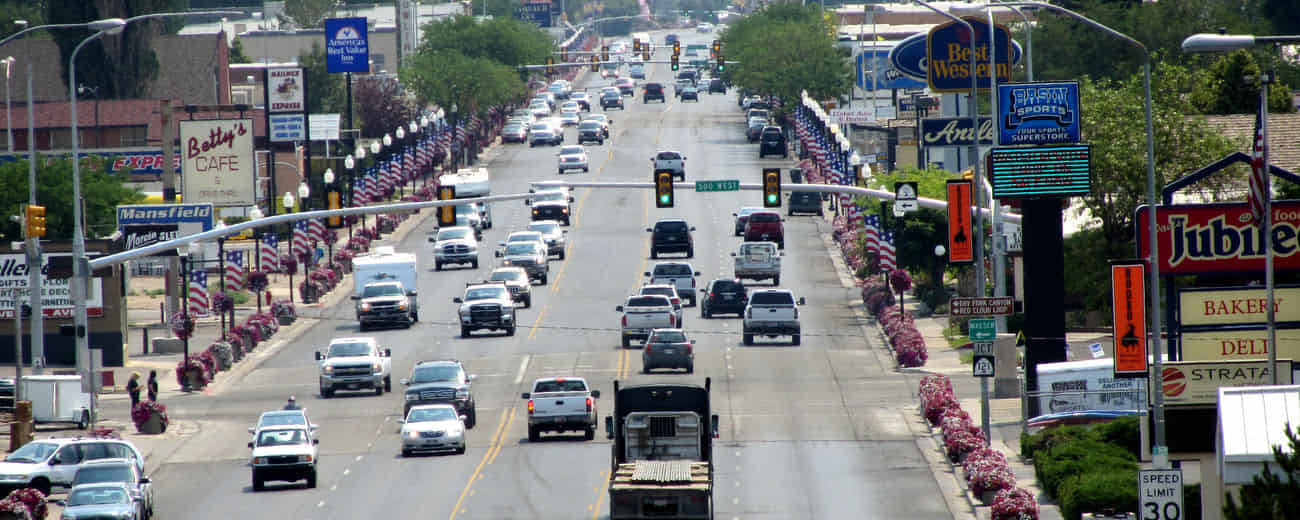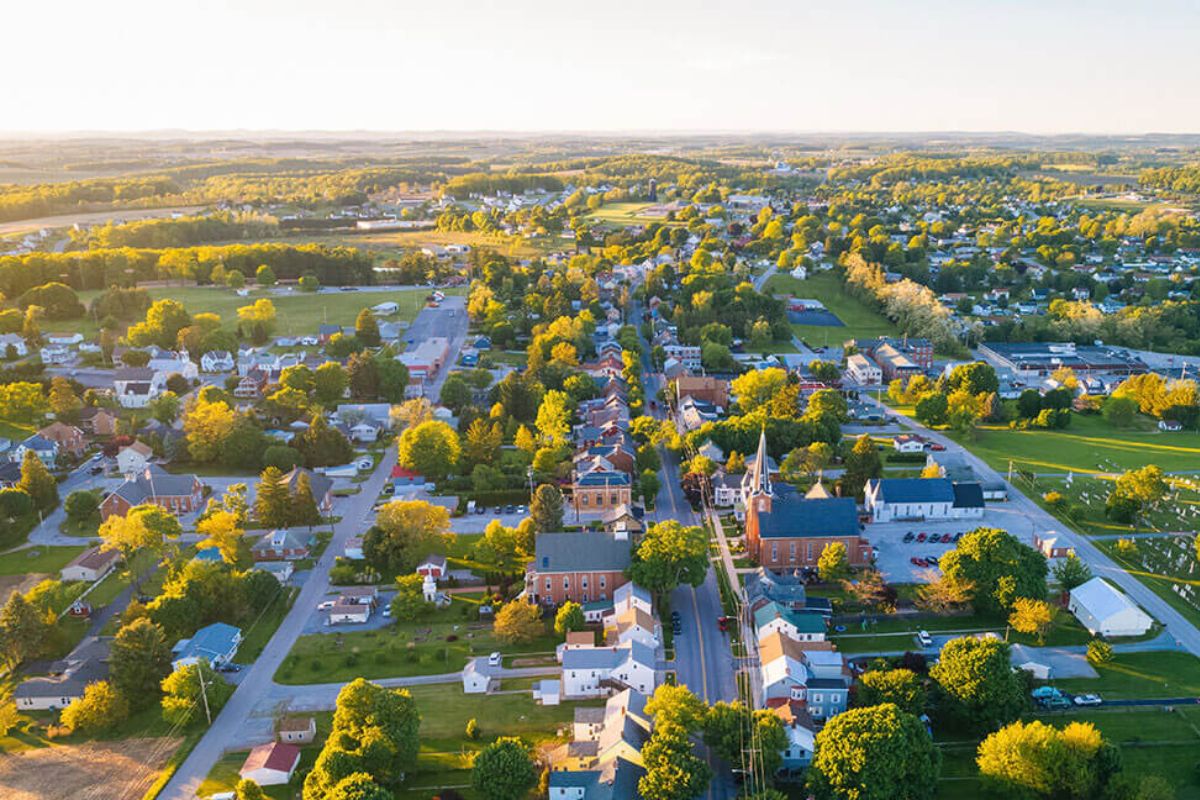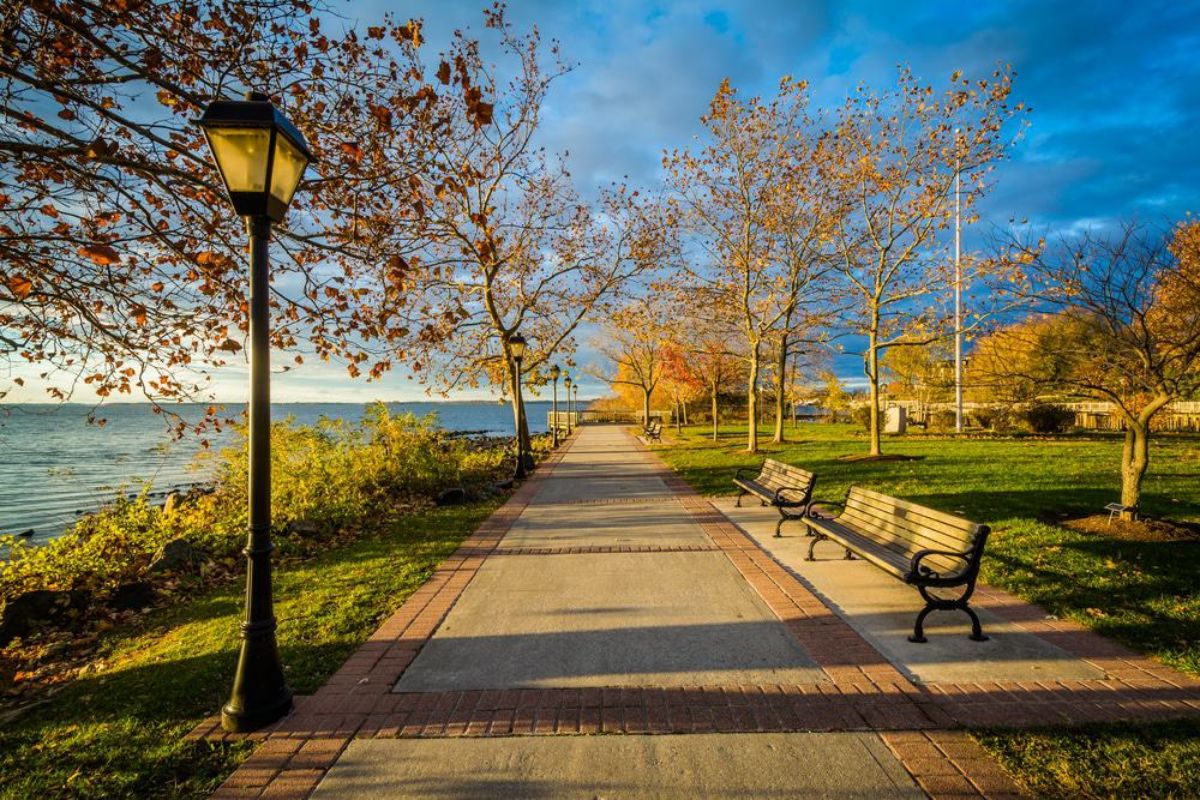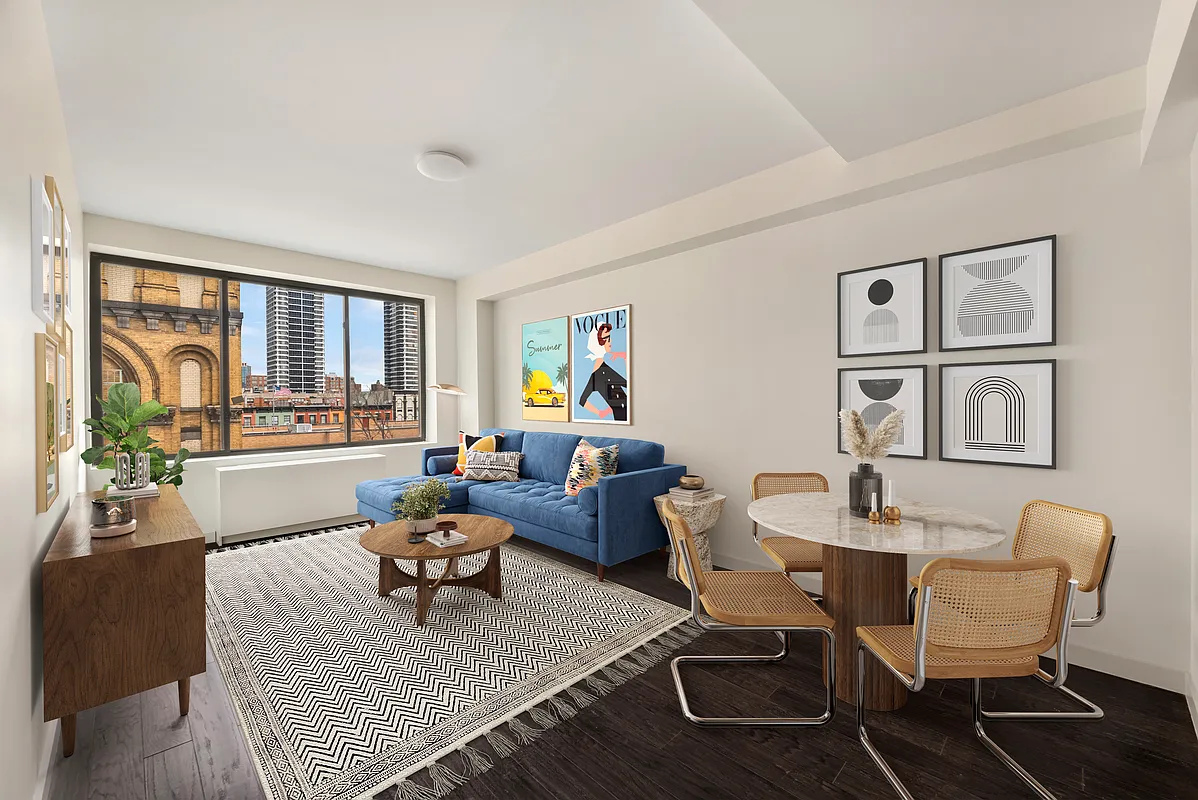Tudor City is a distinctive and historic neighborhood located on the east side of Manhattan in New York City. Despite its prime location in one of the most expensive cities in the world, housing and rental prices in Tudor City remain surprisingly affordable compared to other parts of Manhattan.
As a resident or potential homebuyer, you may be wondering - why is Tudor City so cheap? There are several key factors that contribute to the low cost of living in this neighborhood.
Age of Existing Buildings
One of the primary reasons Tudor City housing is affordable is the age of the existing buildings. The neighborhood is characterized by pre-war structures that were constructed in the 1920s and 30s.
While these vintage buildings retain much of their historic charm, they do not feature the modern amenities and design innovations seen in new construction. As buildings age, they generally require more maintenance and renovations to maintain standards of living.
Additionally, potential buyers often prefer the luxurious finishes and layouts available in newly built units. The dated design and need for repairs of Tudor City's historic buildings decreases their market value and keeps prices low.
Related: Why Are Homes So Cheap In Kingman AZ?
Limited Modern Amenities

Closely related to the age of the buildings is the lack of modern amenities typically sought by today's buyers and renters. Things like high-speed internet wiring, central air conditioning, gym facilities, and indoor parking are standard features in new residential developments but rare in Tudor City's historic structures.
The neighborhood's landmarked status also restricts the scale and type of renovations property owners can do, further hampering the potential to incorporate contemporary luxuries. Without must-have conveniences, units in Tudor City are less desirable to many people, weakening demand and contributing to competitive pricing.
Small Living Spaces
Tudor City is well-known for its compact, "cozy" floor plans that maximize space in limited footprints. However, small square footage acts as a deterrent for some homebuyers, especially families looking for room to grow.
Living with less space than other Manhattan neighborhoods makes Tudor City a less attractive option for those unwilling to compromise on indoor space. Smaller layouts directly influence pricing, allowing existing owners to ask less while still finding buyers. Limited square footage maintains affordability levels neighborhood-wide.
Parking Constraints
The challenge of parking is notorious throughout New York City, but Tudor City faces particular constraints. On-street parking is scarce, and off-street options are limited due to the density of structures. The hassle of commuting with a car or paying high fees for a spot deters auto owners from choosing to live in Tudor City.
With one demographic excluded, demand wanes, exerting downward pressure on prices. Limited parking availability is a notable factor keeping costs low.
Distance from Business Districts
As an east Midtown neighborhood, Tudor City is farther removed than other parts of Manhattan from downtown financial centers like Wall Street and the busy Midtown business hub. Its distance from major job centers means residents face lengthier commute times, especially during rush hour.
Prospective homeowners seeking proximity to work may look elsewhere, weakening buyer interest and competition. With lower demand, property values stay affordable to attract potential residents.
Quiet Atmosphere
Tudor City offers a peaceful residential oasis in contrast to bustling Manhattan commercial zones. However, its removed, low-key atmosphere also distances it from trendy nightlife, dining, and entertainment options concentrated elsewhere. A quiet lifestyle appeals more to families and retirees than young professionals seeking action.
Younger demographics willing to pay premiums for excitement opt for livelier neighborhoods, leaving Tudor City's demographics skewed older. This shrinks the potential buyer pool and allows existing residents to charge less while finding tenants.
Lower Population Density
At a comparatively low population density versus neighboring areas, Tudor City feels roomier and less hectic. However, fewer residents also means decreased demand for limited housing stock and local services. Less competition for resources like excellent schools drives down what people are willing to pay.
Combined with the small units and lack of amenities already limiting appeal, Tudor City's lower density strengthens its status as one of the city's more affordable enclaves.
Historic Preservation Restrictions
Strict landmark regulations govern appropriate improvements and renovations in Tudor City due to its historical significance. While preservation maintains architectural heritage, it also ties homeowners' hands, prohibiting expansions and modifications that could increase property values.
Fewer flexible redevelopment options deter investors seeking high returns. At the same time, preservation helps control rapid gentrification, leaving affordability intact for current residents.
Lower Maintenance Needs
As a function of their age but complimentary design, Tudor City buildings require less frequent repairs than other structures. Straightforward configurations mean minimal complex systems, reducing long-term costs. Coupled with the controlled preservation context limiting renovations, overall upkeep expenses stay lower, easing the economic responsibilities of property ownership.
Lower costs allow ownership and tenancy to remain priced for more household budgets.
Community Values
Perhaps the most defining reason Tudor City has managed to stave off rapid appreciation is the neighborhood community itself. Residents actively work to shape policies, developments, and attitudes that foster continued affordability and make the area livable for a diversity of incomes.
This coordinated effort of prioritizing accessibility over exclusivity is what truly empowers Tudor City to endure as a special, reasonably priced enclave even amid Manhattan's luxury real estate market.
Conclusion
In conclusion, no single factor makes Tudor City an affordable bastion. Rather, the integrated impacts of its physical qualities, regulations, demographics, and strong social fabric combine to maintain the neighborhood as a rare haven of attainable housing opportunities in the heart of an expensive city.
For homebuyers and renters seeking long-term community connections and keen to avoid breaking the bank, Tudor City remains a treasured low-cost oasis.





